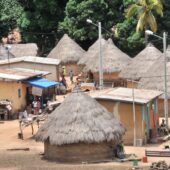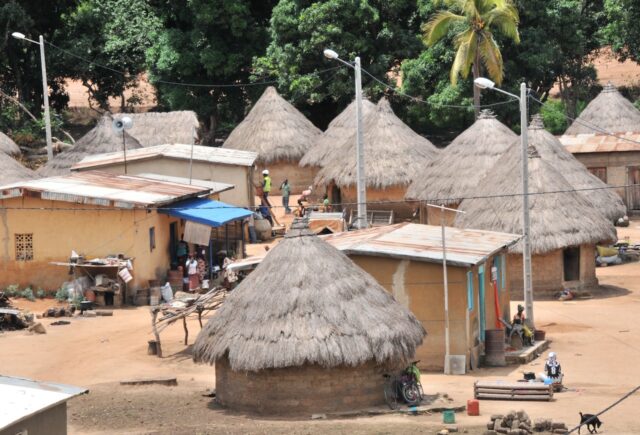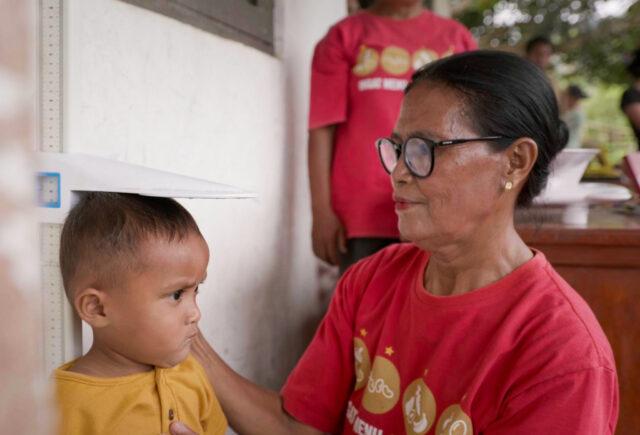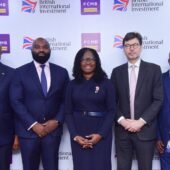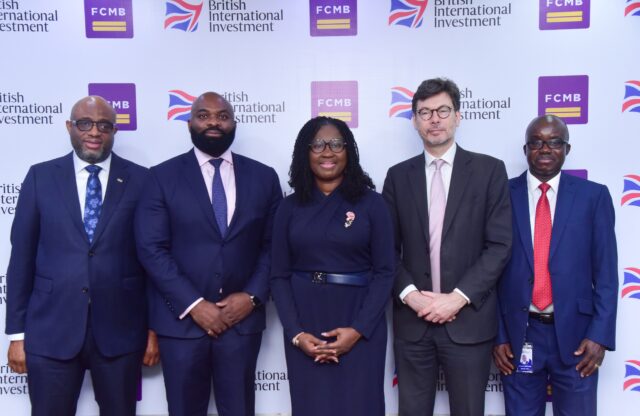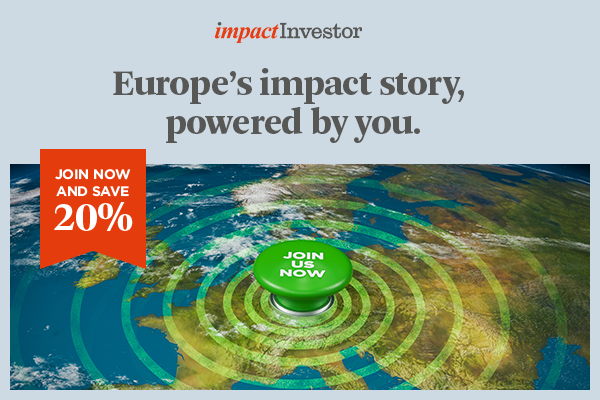Panellists debated the complex issue of maintaining fiduciary duty while including natural, social and human capital when building resilience in institutional impact portfolios at this year’s Impact Investor Conference in The Hague.
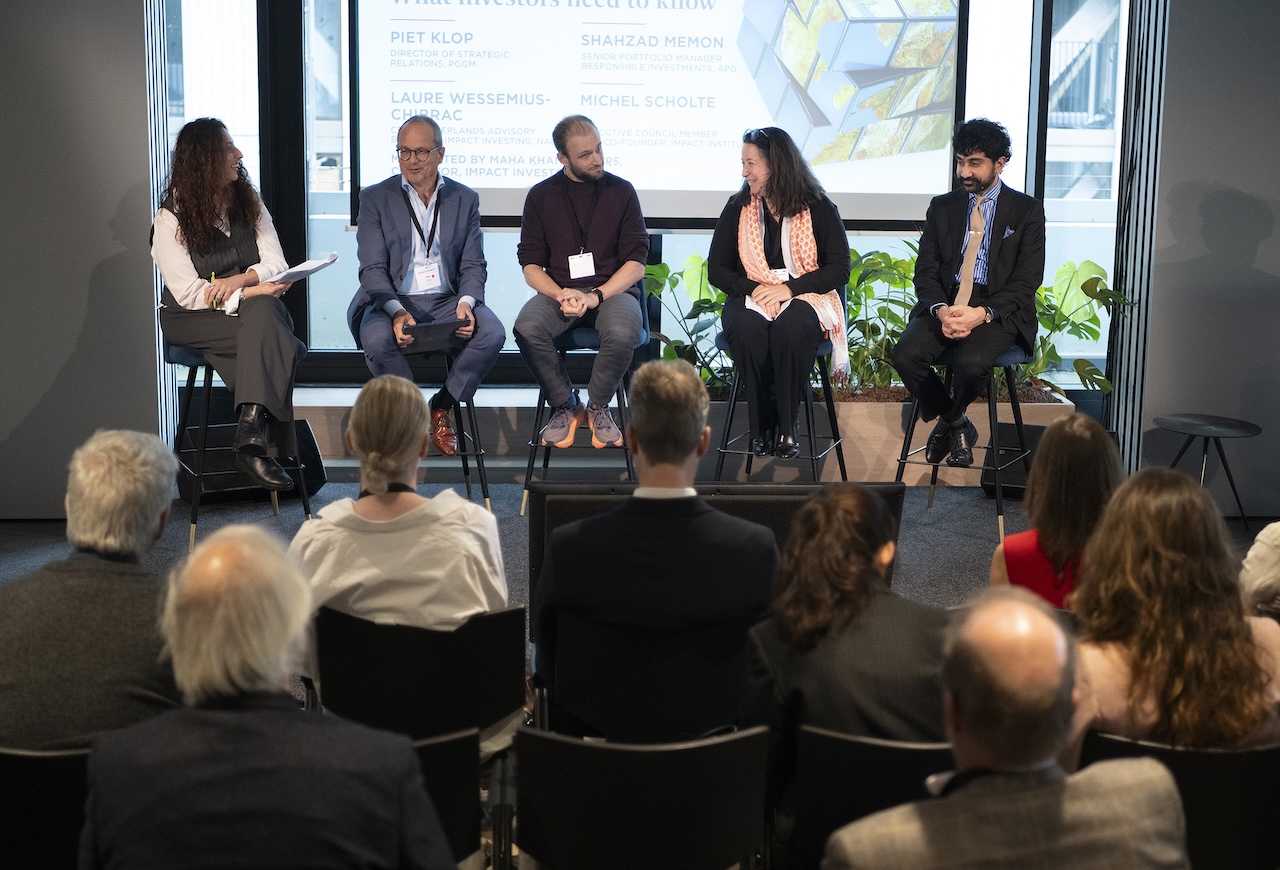
At a time of geopolitical volatility, climate disruption and shifting regulatory requirements, institutional investors are thinking more than ever about how to ensure that they build resilient impact portfolios over the longer term. But what resilience actually means – and how it should be incorporated into investment decision-making – was the subject of lively debate at the Impact Investor conference last week in The Hague.
The panel, ‘Building resilience in institutional portfolios: What investors need to know’, explored the many ways that investors can think about resilience when it comes to impact.
Piet Klop, director of strategic relations at PGGM, argued that the concept should be viewed as part of a general portfolio-wide risk management approach.
“I’m at a loss as to why we need to talk about resilience as something that is unique. To me, resilience is something that we apply to the entire portfolio. It’s just risk management,” he said.
Others on the panel took a different view, with the debate highlighting the complexity of balancing financial considerations with societal and environmental ones.
Michel Scholte, executive council member and co-founder of the Impact Institute, argued that resilience must extend beyond fiduciary duty to include natural, social and human capital. He argued that resilience goes beyond traditional risk models that rely heavily on historical data but do not reflect an increasingly volatile and unpredictable world.
Without a broader definition of resilience, along with double materiality and improved accounting standards needed to measure impact, Scholte warned that markets would continue to misprice systemic risks. He called for a shift to impact economics rooted in safeguarding dignity and essential societal infrastructure.
“Resilience must protect human, natural and social dignity, not just financial capital,” said Scholte.
Re-thinking risk
Panellists discussed how institutional investors are building resilience through not just diversification, but also by redefining what risk, responsibility, and long-term value means in today’s environment.
Shahzad Memon, senior portfolio manager of responsible investments at APG stressed the importance of keeping long-term investing and fiduciary duty in mind, adding that APG requires impact deals to match the financial returns of non-impact deals.
“From a pension perspective, we have this incredible opportunity to be a long-term investor. At a high level, that is what resilience means to me,” said Memon.
Laure Wessemius-Chibrac, CEO of Netherlands Advisory Board on impact investing (NAB) stressed that traditional asset classes often deliver short-term profit but undermine long-term value. She reiterated the NAB’s call for institutional investors to commit at least 10% of assets to impact – a campaign it launched in 2023, urging institutional to commit to allocating 10% of their assets to impact investments by 2025, with 4% specifically targeted at emerging markets by 2030.
“At 10% you actually can create some net zero portfolios, or nature neutral [ones] but you have to start thinking about the solutions, because if you only decrease the damage, you’re just digging the hole a little bit less quickly, but you’re not solving anything. And if you want to have resilient portfolios… you need to start thinking about the solutions, because climate crisis is not going anywhere,” she said.
Looking ahead, all panellists agreed that stronger collaboration among Dutch institutions, and a long-term lens that recognises both financial and societal resilience were essential for the next phase of impact investing.
